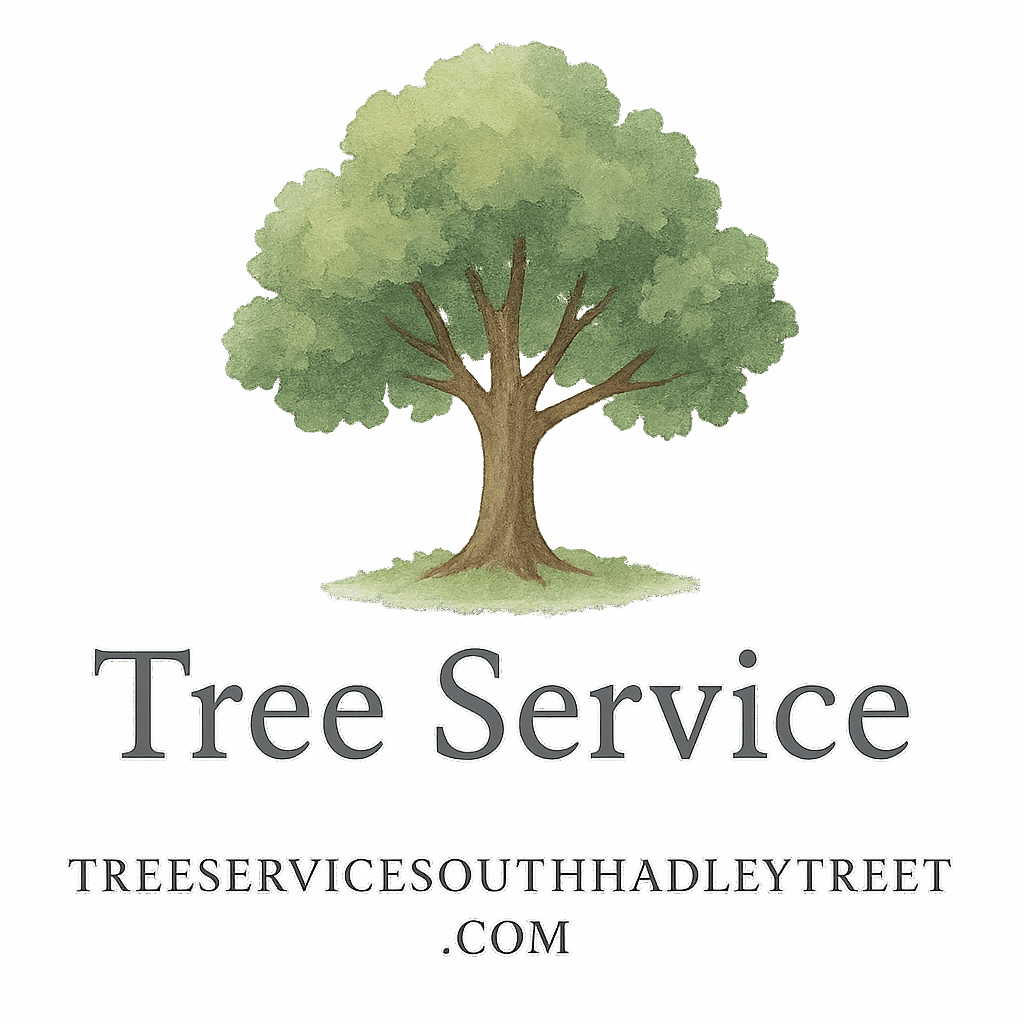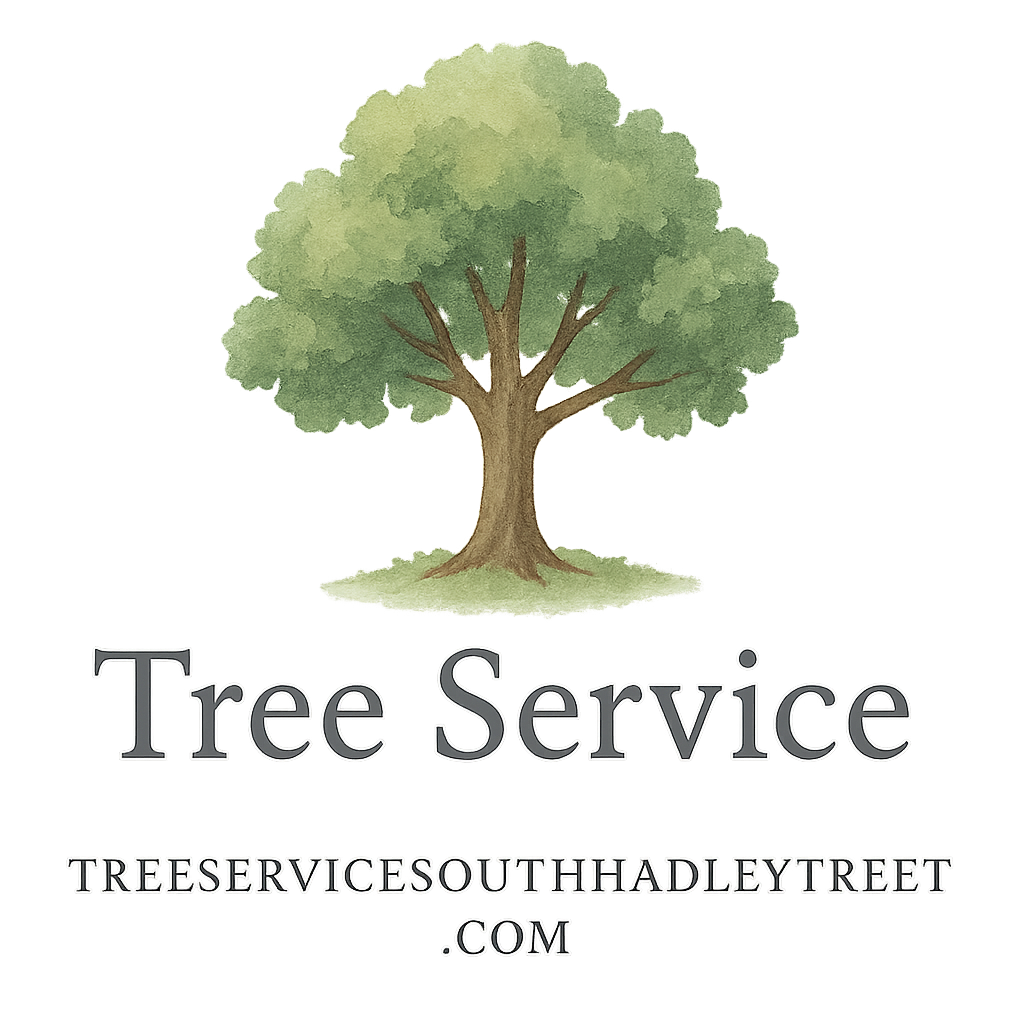Fall is beautiful—until your yard is buried under layers of crunchy, wet leaves. 🍂 Sure, they’re fun to jump into, but unmanaged fall leaves can cause serious problems for your trees, lawn, and even your home’s foundation. So let’s talk about the 8 essential tree service actions you should take for effective fall leaf management. This isn’t just about raking; it’s about keeping your trees healthy and your property safe.
Whether you’re a DIY weekend warrior or someone who’d rather call in the pros, these tips will help you stay ahead of the mess and prepare for winter like a tree care champion.
Why Fall Leaf Management Matters
Fall leaf cleanup is more than a cosmetic task. When leaves accumulate and decompose, they can smother grass, harbor diseases, clog gutters, and even affect tree root health. Worse? They create slippery surfaces and even fire hazards in dry conditions. That’s why seasonal tree service basics are critical during the fall.
Action #1: Raking and Mulching Leaves Properly
We’re kicking things off with the obvious, but also one of the most misunderstood.
Mulching vs. Bagging: What’s Better?
Bagging leaves seems neat—but it’s a missed opportunity. Mulching leaves with your mower helps return nutrients back to the soil. Think of it as composting directly into your lawn.
Benefits of Leaf Mulching
- Reduces landfill waste
- Naturally fertilizes grass and trees
- Prevents weed growth
- Saves you time and effort
Want to boost tree health even further? Check out our guide on tree health and safety.
Action #2: Tree Trimming Before Winter
Fall is the perfect time to trim trees before the first frost. Why? Dormancy is approaching, which means less stress for the tree.
Importance of Seasonal Pruning
Seasonal pruning prevents dead limbs from breaking during storms, improves airflow, and reduces pest infestations. Learn more at our emergency & seasonal tree service page.
Hiring Professionals for Trimming
Let’s face it—tree trimming isn’t for the faint of heart. That’s why so many homeowners prefer calling the professionals to handle it safely.
Action #3: Clearing Gutters and Rooflines
Leaves don’t just stay on the ground. They blow into gutters, downspouts, and even roof valleys—leading to clogs and water damage.
Leaf Build-Up Dangers
- Roof rot
- Ice dams in winter
- Foundation water pooling
- Mold growth
Use this checklist before the first big rain or snow hits!

Action #4: Checking for Tree Diseases
Fallen leaves often hide signs of tree disease, especially around the base and bark.
Common Fall Tree Diseases
- Anthracnose
- Canker disease
- Root rot
- Leaf spot
Use this season to inspect tree health and look for early signs. Need help? Visit our tree disease guide or connect with a health expert.
When to Call a Tree Health Expert
When in doubt, don’t guess. Call a pro who specializes in healthy trees and preventive care.
Action #5: Deep Root Fertilization
Fall is ideal for feeding your trees so they survive the cold and thrive come spring.
Benefits of Feeding Your Trees in Fall
- Strengthens roots
- Increases disease resistance
- Boosts spring foliage
- Improves moisture retention
Need tree service quotes? We’ve got a list of local professionals that do it right.
Action #6: Identifying Hazardous Trees
Falling limbs aren’t just inconvenient—they’re dangerous.
Signs a Tree Needs Removal
- Hollow trunk
- Cracks or splits
- Root damage
- Dead limbs
More info on tree removal and trimming is just a click away.
Emergency Tree Services for Dangerous Trees
When safety’s on the line, don’t wait. Contact an emergency tree service for immediate help. Storm-damaged or rotting trees won’t fix themselves.
Action #7: Soil and Root Inspection
Roots are like the tree’s foundation—if they’re stressed, everything else suffers.
How Fall Affects Tree Roots
Changing temperatures cause soil to expand and contract, which stresses roots. Combine that with poor drainage or compacted soil, and you’ve got a problem.
Professional Soil Testing Services
Professional arborists offer comparison tests and treatments that go beyond DIY guesses.
Action #8: Preparing Trees for Winter Storms
Winter is coming (cue dramatic music). Fall is your last chance to prep.
Cabling, Bracing & Storm Prep
Protect vulnerable limbs using cabling or bracing, especially in older or damaged trees. Learn more about storm damage prevention.
Working With Professional Tree Services
Tree care is complex and sometimes dangerous. Hiring licensed pros is often your best bet.
Cost Considerations and Quotes
Wondering what it’ll cost? Check our guide to tree service costs and hiring for a full breakdown.
Choosing the Right Company
Look for companies tagged under hiring, questions, or comparison to make the best choice for your needs.
Conclusion
There you have it—8 smart, effective tree service actions for fall leaf management that go beyond just grabbing a rake. From mulching to emergency tree removal, each step plays a part in keeping your trees healthy, your yard clean, and your property protected.
And if you’re located near South Hadley, check out Tree Service South Hadley TNTETS for local, professional help backed by years of experience.
FAQs
1. How often should I rake leaves in the fall?
Aim for once a week during peak leaf drop to avoid suffocation of grass and mold buildup.
2. Is mulching leaves bad for my yard?
Not at all! When done right, it improves soil health and reduces waste.
3. When should I schedule fall tree trimming?
Late October to early December is ideal, just before trees go dormant.
4. What are the signs of tree disease in fall?
Watch for discolored bark, falling branches, fungal growth, and soft or cracked trunks.
5. How do I know if a tree is dangerous?
Cracks, leaning trunks, or hollow sounds when tapped are key danger signs.
6. Do I really need to fertilize trees in the fall?
Yes, especially young or stressed trees. Fall fertilization promotes root growth over the winter.
7. How do I choose the best tree service?
Start with this comparison guide and check credentials, insurance, and customer reviews.


